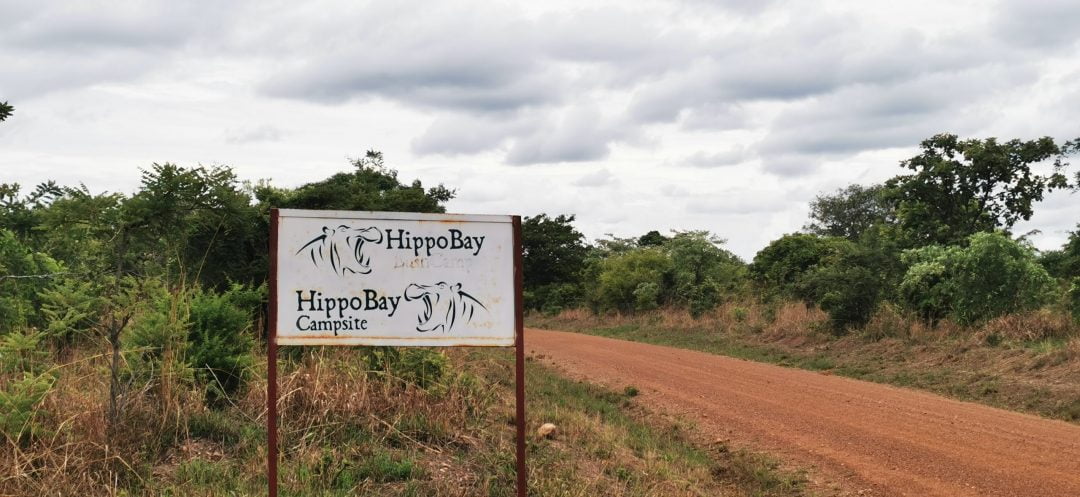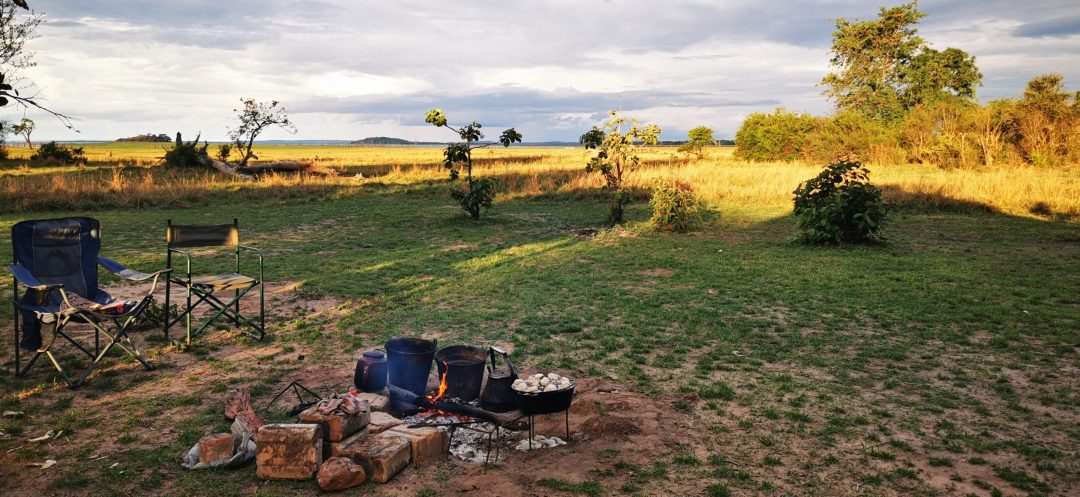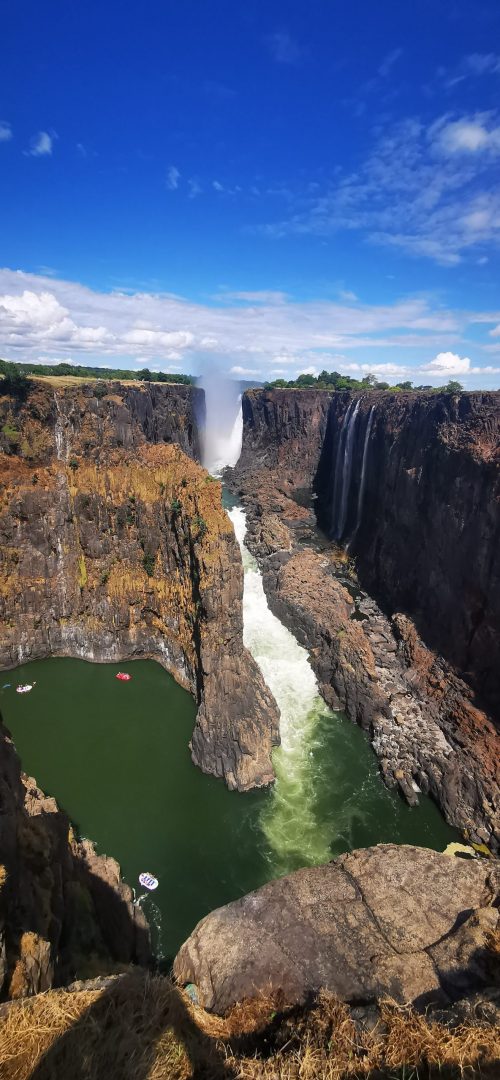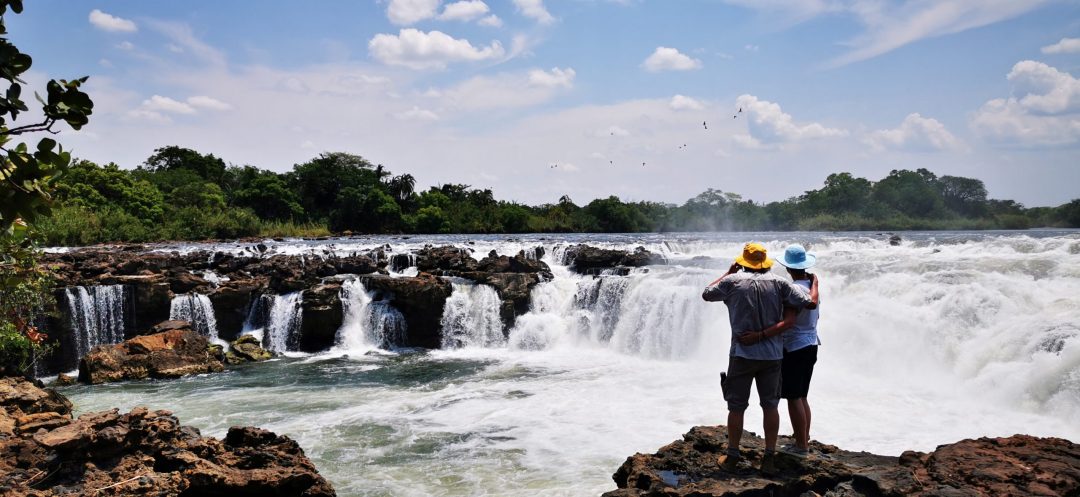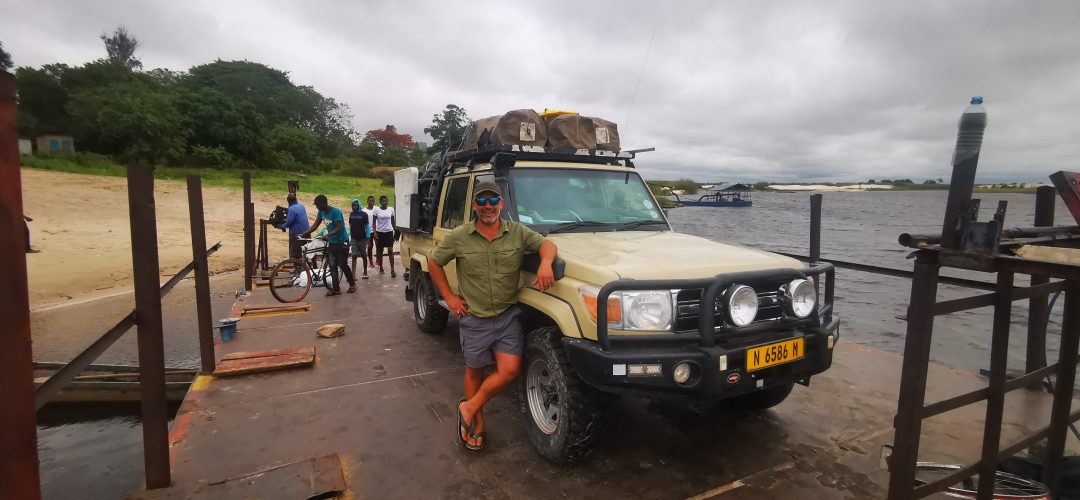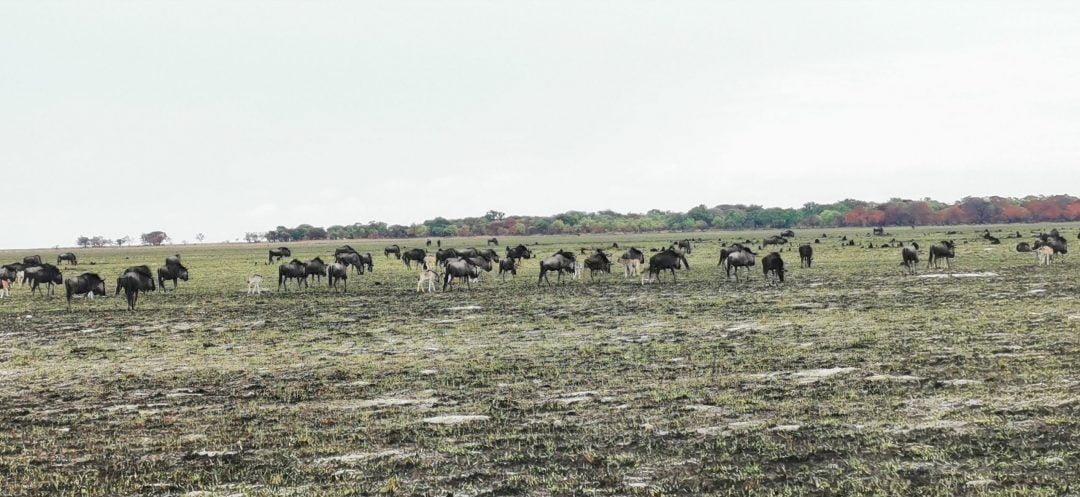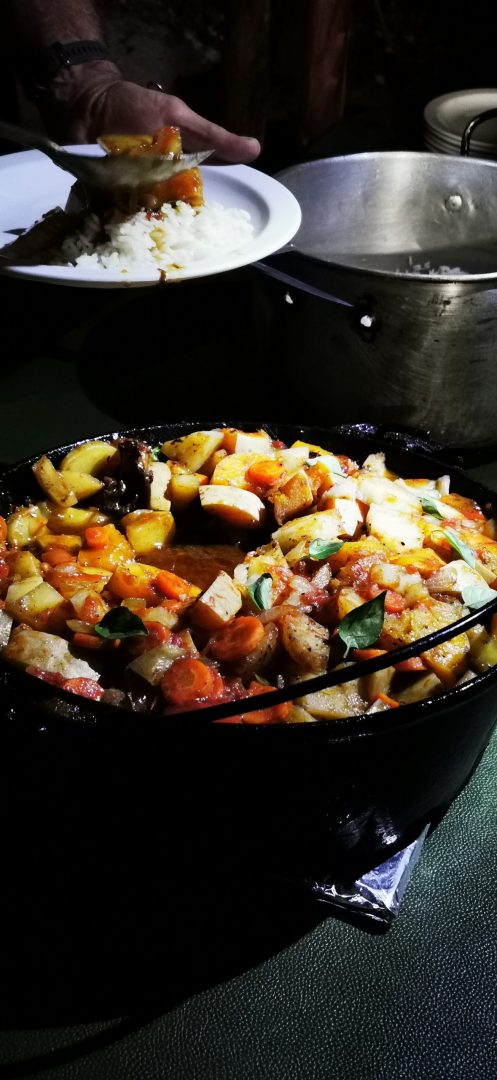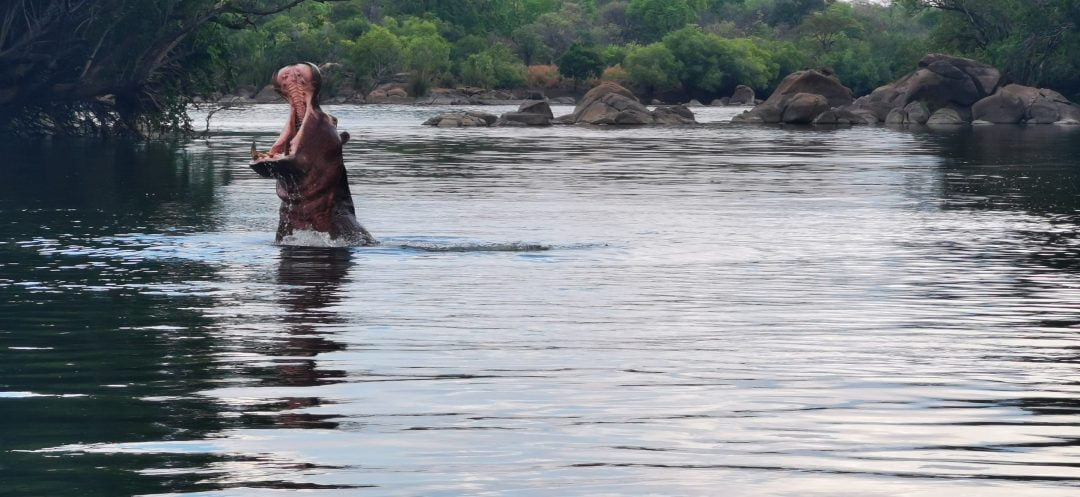Zambia officially the Republic of Zambia, is a landlocked country at the crossroads of Central, Southern and East Africa, although it is typically referred to as being in South-Central Africa. Its neighbours are the
Explore & Experience|Zambia
For the main attractions to visit in Zambia, Visit https://www.zambiatourism.com/
Explore Zambia!

Unbounded Namibia Safaris & Tours
About Zambia
Zambia officially the Republic of Zambia, is a landlocked country at the crossroads of Central, Southern and East Africa, although it is typically referred to as being in South-Central Africa. Its neighbours are the Democratic Republic of the Congo to the north, Tanzania to the northeast, Malawi to the east, Mozambique to the southeast, Zimbabwe and Botswana to the south, Namibia to the southwest, and Angola to the west.
Modern Zambia once was inhabited by the Khoisan and Batwa peoples until around AD 300, when migrating Bantu began to settle the areas.[16] It is believed the Khoisan people originated in East Africa and spread southwards around 150,000 years ago. The Twa people were split into two groups: the Kafwe Twa lived around the Kafue Flats and the Lukanga Twa who lived around the Lukanga Swamp. Many examples of ancient rock art in Zambia, like the Mwela Rock Paintings, Mumbwa Caves, and Nachikufu Cave, are attributed to these early hunter-gatherers. The Khoisan and especially the Twa formed a patron-client relationship with farming Bantu peoples across central and southern Africa but were eventually either displaced by or absorbed into the Bantu groups.
The Bantu (Abantu): The Bantu people or Abantu (meaning people) are an enormous and diverse ethnolinguistic group that constitutes the majority of people in much of eastern, southern and central Africa. Because of Zambia’s location at the crossroads of Central Africa, Southern Africa, and the African Great Lakes, the history of the people that constitute modern Zambians is a history of these three regions.
Many of the historical events in these three regions happened simultaneously, and thus Zambia’s history, like many African nations’, cannot be presented perfectly chronologically. The early history of the peoples of modern Zambia is deduced from oral records, archaeology, and written records, mostly from non-Africans.
Bantu origins: Batonga fisherwomen in Southern Zambia. Women have played and continue to play important roles in many African societies.
The Bantu people originally lived in West and Central Africa around what is today Cameroon and Nigeria. Around 4000 to 3000 years ago they began a millennia-long expansion into much of the continent. This event has been called the Bantu expansion; it was one of the largest human migrations in history. The Bantu are believed to have been the first to have brought iron working technology into large parts of Africa. The Bantu Expansion happened primarily through two routes: a western one via the Congo Basin and an eastern one via the African Great Lakes.
About Zambia:
Zambia officially the Republic of Zambia, is a landlocked country at the crossroads of Central, Southern and East Africa, although it is typically referred to as being in South-Central Africa. Its neighbours are the Democratic Republic of the Congo to the north, Tanzania to the northeast, Malawi to the east, Mozambique to the southeast, Zimbabwe and Botswana to the south, Namibia to the southwest, and Angola to the west. The capital city of Zambia is Lusaka, located in the south-central part of Zambia. The nation’s population of around 19.5 million is concentrated mainly around Lusaka in the south and the Copperbelt Province to the north, the core economic hubs of the country.
Originally inhabited by Khoisan peoples, the region was affected by the Bantu expansion of the thirteenth century. Following European explorers in the eighteenth century, the British colonised the region into the British protectorates of Barotseland-North-Western Rhodesia and North-Eastern Rhodesia comprising 73 tribes, towards the end of the nineteenth century. These were merged in 1911 to form Northern Rhodesia. For most of the colonial period, Zambia was governed by an administration appointed from London with the advice of the British South Africa Company.
Secure your spot
Book Now!
Experience a blockbuster combination of sublime landscapes that will make you feel like you’re on another planet, some of the best wildlife viewing on the continent, a host of fascinating desert-adapted plants and animals and jaw-dropping natural wonders make Namibia a country you’ll never forget.


